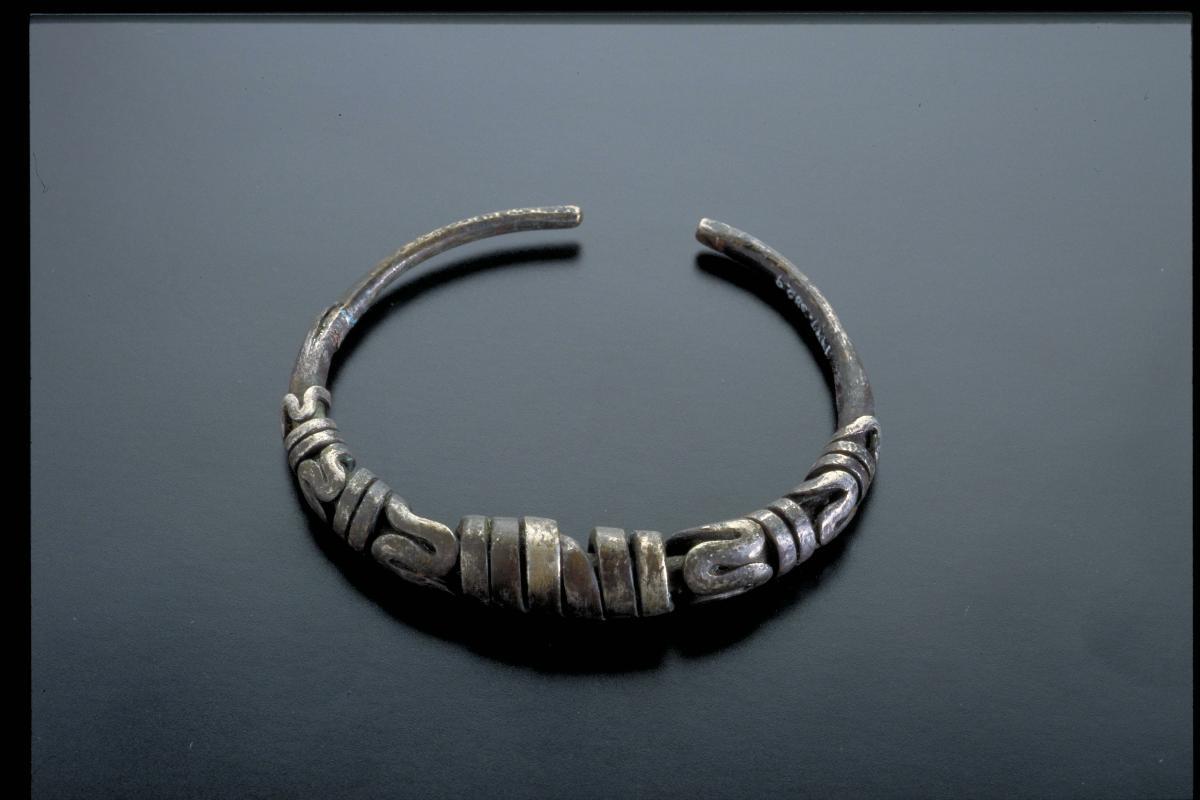The techniques of Javanese goldsmiths had enabled them to make gold wires and fashion them into wire-wrapped rings like this one, and other ear ornaments. It has been suggested that this ring derives its form from the sacred Indian ring of woven kushu grass. Similar wire-wrapped rings were also found at Oc Eo in South Vietnam. Although Java was already in contact with India, Javanese jewellery of this period had more similarities with those in Philippines and South Vietnam than those in India. Unlike the earlier period when gold ornaments were grave offerings, jewellery of this period was made for the living.















